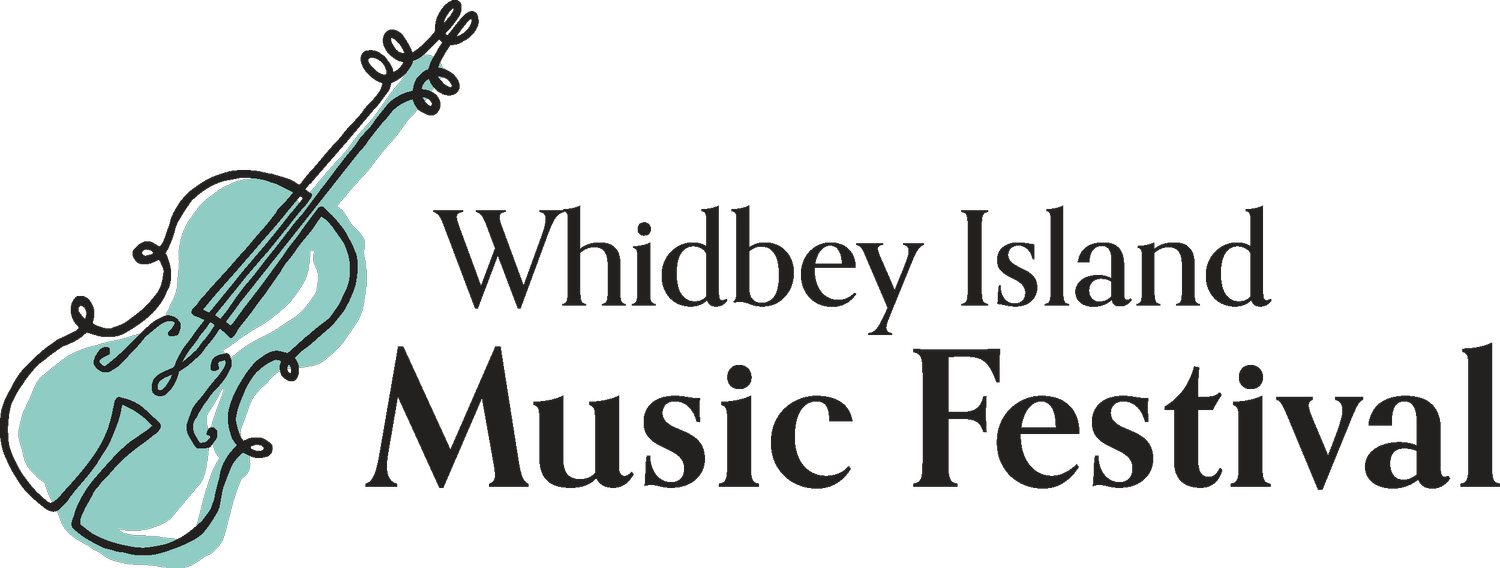The Mystery Sonatas
Heinrich Ignaz Franz von Biber’s Rosary Sonatas
A soulful journey into the heart of the Baroque
The leading violin virtuoso of the 17th century, Biber composed music ranging from intimate sonatas for violin and continuo to the Missa Salisburgensis (Salzburg Mass), a massive work in the Colossal Baroque style scored for 53 separate voices arranged in 7 choirs for the ultimate in surround sound experience.
Also known as the Rosary Sonatas, these three sets of 5 sonatas for violin and continuo (plus a concluding Passacaglia for solo violin) were completed around 1676. Dedicated to the Archbishop Gandolph in Salzburg, these sonatas are as compelling, affecting and moving as they were when they were written almost 350 years ago. Scored for a single violin supported by continuo, Biber employs a different tuning for each sonata. Only the first sonata (the Annunciation) and the final Passacaglia share the standard G-D-A-E tuning. This technique of mistuning the violin, called scordatura, gives a tremendous range of affects and emotions to this music. Retuning brings the violin into different key areas and creates a kaleidoscope of overtones and sonic effects, helping Biber to create specific feelings or affects in the listener.
The Joyful Mysteries explore the early life of Jesus. In the Annunciation, the archangel Gabriel brings the news of Jesus’ conception and birth to a bewildered Mary. The Visitation tells the story of Mary’s visit to a pregnant Elizabeth (whose son went on to be John the Baptist). The Nativity shows the baby Jesus born in a manger and the celebration that would become Christmas. The Presentation of the infant Jesus at the Temple describes Mary’s purification after childbirth, and a sacrificial offering of a pair of turtledoves, a pair of rituals proscribed in the Torah 40 days after birth. Most children get a little bit lost at some point and wander off chasing grocery carts or butterflies. When Mary and Joseph lost track of their 12-year-old son Jesus on a Passover pilgrimage to Jerusalem, they found him days later still in Temple, deep in discussion with the elders. The Finding of Jesus in the Temple is the last of the Joyful Mysteries.
A fascinating and unique feature of these sonatas are the copper-plate engravings printed at the beginning of each sonata depicting the story of the sonata. Humans have printed art, maps, words, music on various materials for millennia. In recent years I have been baking springerle cookies during the holiday season. While pressing cookies last year and looking at Biber’s copper-plate engravings I began to consider how these two very different printing technologies might have been used to tell the same stories at a time when literacy rates were much lower than today. To make springerle, wooden carved molds are pressed into a simple dough leavened by beaten egg whites and hartshorn (baker’s ammonia, originally made from ground stag antlers). Designs range from simple flowers or animals to highly ornate, vividly detailed molds. Replica molds are readily available, and for this first set of “Joyful Mysteries” I have located a replica Nativity Mold from 1654. Enjoying a springerle cookie pressed with the Nativity scene is the ultimate in embodiment!
While these sonatas spring from a specific tradition of Marian devotion, the music is accessible to all. You do not need to belong to any faith tradition to experience awe, joy, and comfort in these pieces. A fundamental experience that we as humans share is our incarnation in human bodies. One way or another, we were all born. Tracing the life of Jesus asks us to trace and reflect on trajectory of our own lives. From birth to death and beyond, we are invited to live along with Jesus’ life, and to share the joys and sorrows of Mary, his mother. These sonatas reach for the heavens from a very rooted place on earth and build a cathedral of sound. The great American singer-songwriter Bob Dylan describes this process so beautifully –
“But so it is with music, it is of a time but also timeless; a thing with which to make memories and the memory itself. Though we seldom consider it, music is built in time as surely as a sculptor or welder works in physical space. Music transcends time by living within it.”
Notes by Tekla Cunningham
